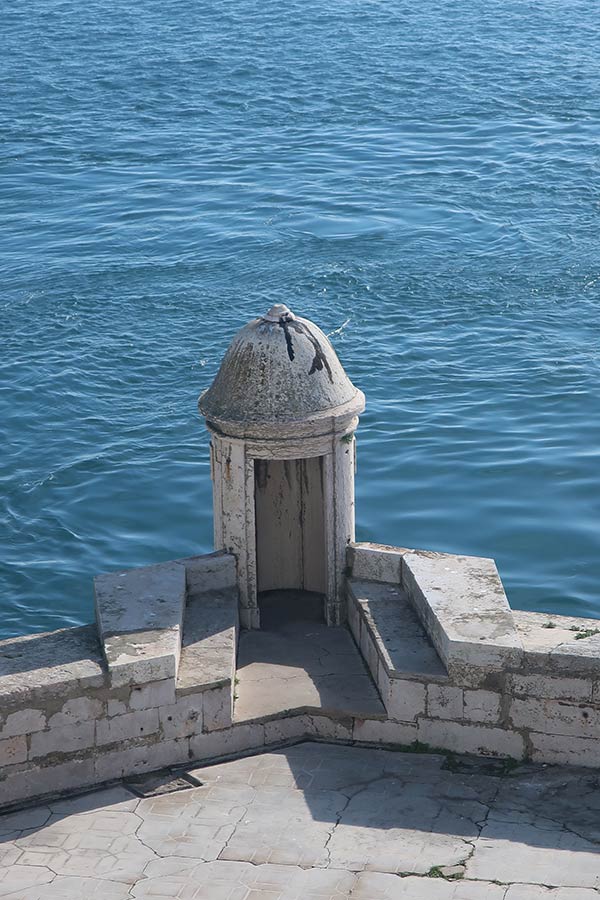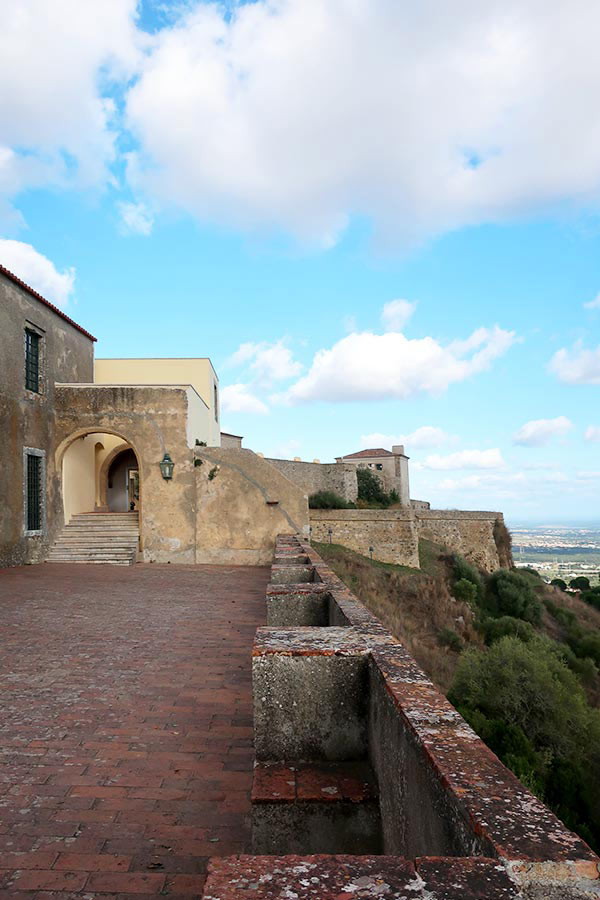The Region
Palmela / Azeitão / Troia / Sesimbra
The Monuments
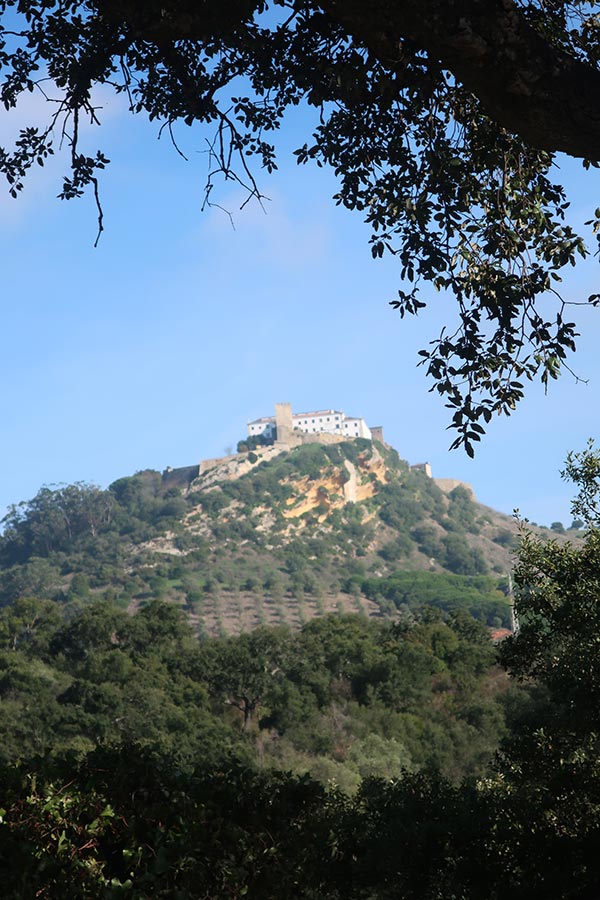
3ª Sonata - Minuetto Con Varazione
The Monuments
Palmela
Castle
Built strategically on the mountainous slopes of the Arrábida, the castle was erected on the Islamic wall and alcazaba that preceded it between the 8th and 12th centuries.
It was conquered from the Moors by King Afonso I of Portugal in 1147 and it went through several periods of military occupation.
When the seat of the Order of Santiago settled here, it was necessary to build other structures, namely the convent and the São Tiago church, among others.
Hermenegildo Capelo, son of major Félix António Gomes Capelo (governor of the castle) was born on February 4th, 1841 at the former Residence of the Governor, also said to be one of the dignitaries of the Military Order.
Hermenegildo settled himself in the navy and was able to reach the rank of Vice Admiral.
He became well known for his expeditions to Angola and Mozambique and to the unknown regions between the two colonies.
Hermenegildo and Roberto Ivens studied the connections between the Congo and Zamzebi rivers in 1877; they returned to Lisbon in March 1880.
Between the years of 1884 and 1885, a new expedition took them from the Angolan coast to Quelimane, Mozambique, always travelling from the inland.
They returned to the kingdom and were welcomed by King Luís I of Portugal.
From these two expeditions came two books: “De Benguela às Terras de Iaca” and ” De Angola à Contra-Costa” .
Following October 5th, 1910, Capelo resigned from all his posts and died in Lisbon at the age of 76.
The space of the old convent is currently serving as a luxurious inn called Pousada Histórica de Palmela.
The castle has been a National Monument since 1910.
Santa Maria Church
Within the walls we can still contemplate the Santa Maria Church ruins.
Established at the end of the 12th century and became the first headquarter of the village in the beginning of the 13th century.
With the development of the settlement outside the walls, and the growing importance of the Parish of São Pedro, it started to lose relevancy.
Ruined in 1755, continued its degradation process until our current days.
The former sacristy was restored by architect Sérgio Infante and in 2001 it housed the meeting room and library of the GEsOS (Gabinete de Estudos sobre a Ordem de Santiago)
São Tiago Church
Within the castle walls we will find one of the most important works of Gothic Style called stripped, the old convent church dedicated to São Tiago (Saint James).
Its establishment remotes back to mid-15th century.
During Jorge de Lencastre, Duke of Coimbra’s master (last master of the Order) the Church went through several construction works, namely its expansion and some other type of improvements.
After the 1755 earthquake the church went into decline, continuing to deteriorate until 1834 with the disappearance of the Religious Orders.
During the 1940s, it became the target of new interventions.
The space is being currently used for several types of cultural activities.

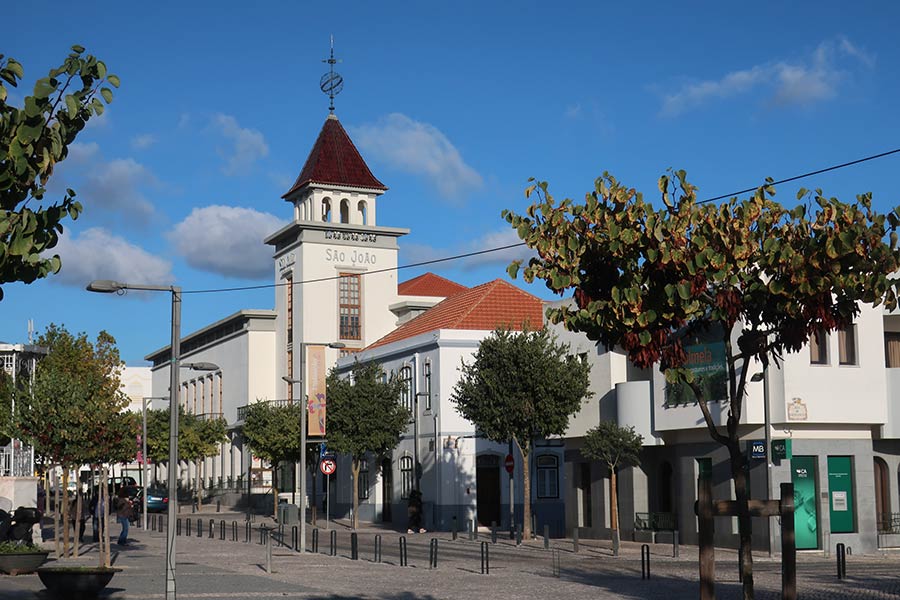
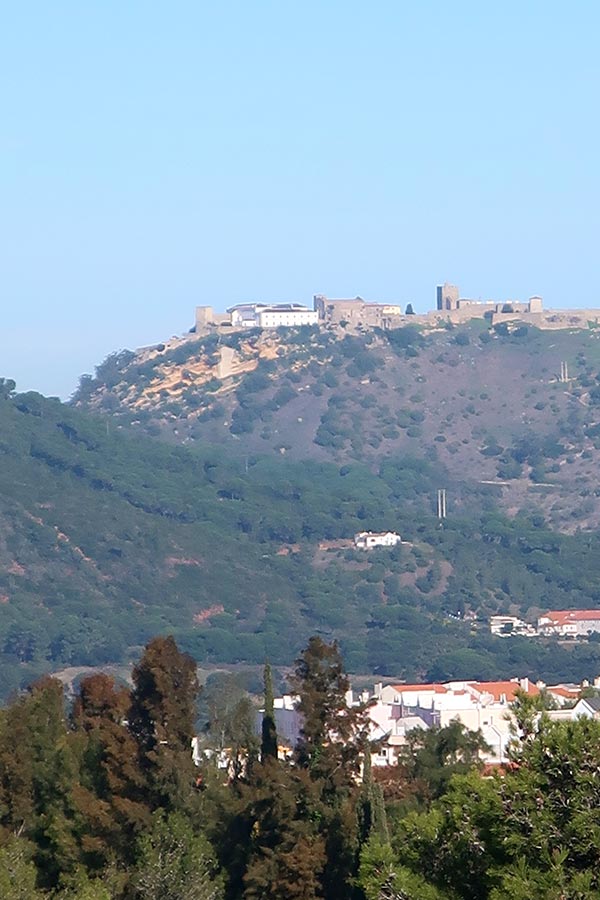
São Pedro Church
Established in the 14th century, it is one of the most remarkable buildings of religious architecture in the county.
What remains today is the result of the mid-16th century reconstruction and the decorations made after the 1713 fire.
During the remaining years of the 18th, 19th and 20th centuries it underwent several construction campaigns. The 18th century intervention was the result of the 1755 earthquake and the 19th century one is related to another earthquake that occurred in 1858.
Misericórdia Church
This church must have had its origin in the chapel of the former Espírito Santo medieval lodge, connected to a brotherhood of the São Pedro (Saint Peter) parish.
The church was partially completed around 1530 and only fully completed in 1566.
It underwent numerous interventions in the 17th, 18th and 19th centuries.
São João Cine-Theatre
It is an emblematic image of the urban space of the village with great emphasis on the tower. The building was commissioned by benefactor and Palmela born Humberto da Silva Cardoso.
It was built between 1948 and 1950 by German architect Willy Braun and engineer Pedro Cavallieri Rodrigues Martinho, having been inaugurated in 1952.
It closed to the public in 1981, but after the City Hall acquired the building in 1989 it was revived, reopening in 1991.
Quinta do Anjo Artificial Caves
The set of caves was discovered at the end of the 19th century.
It is a prehistoric funerary monument, used between the end of the Neolithic and beginning of the Bonze period.
A relevant funerary estate of those periods was found.
The Caves were named a National Monument in 1934.
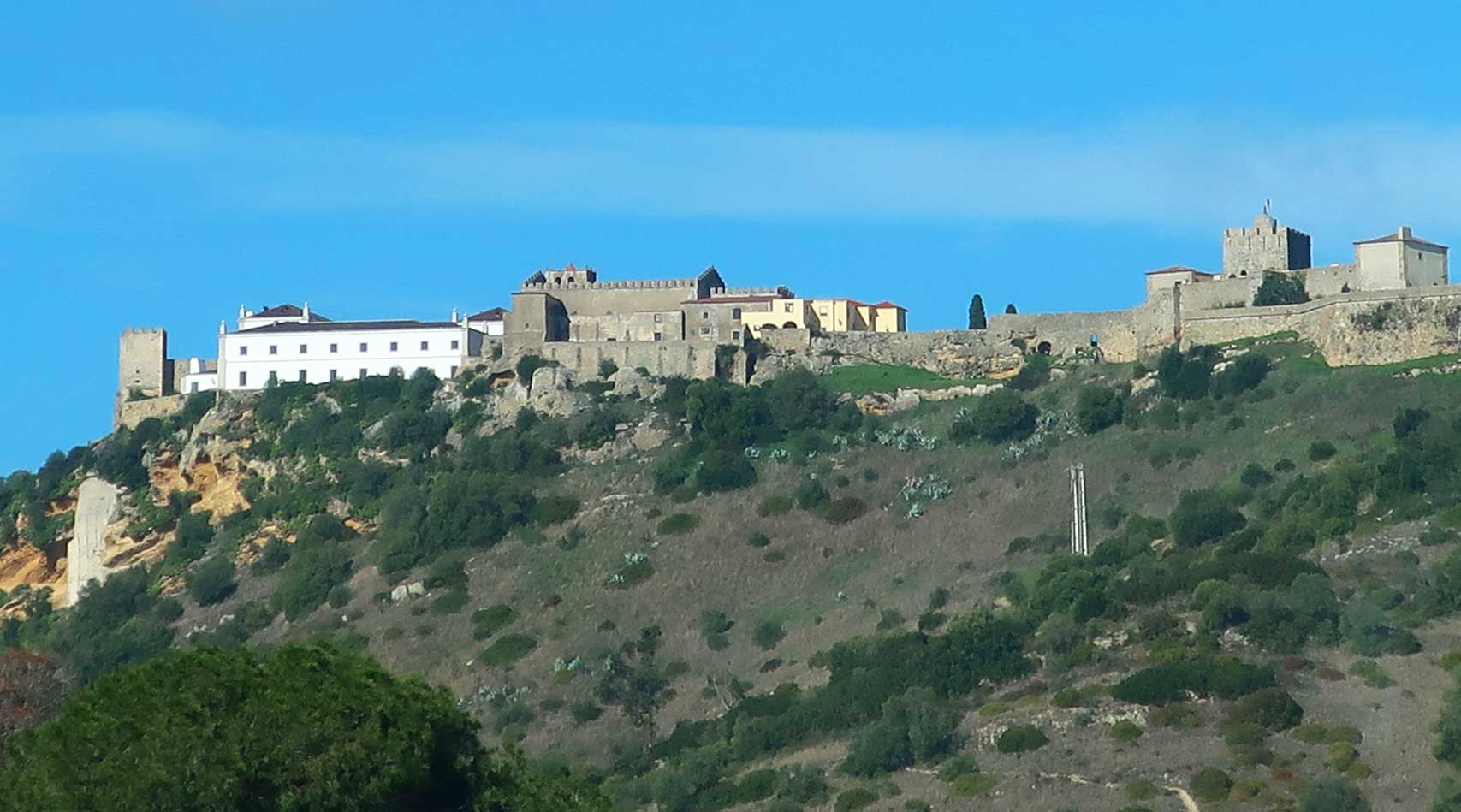
Azeitão
Igreja de S. Lourenço (Vila Nogueira de Azeitão)
Igreja paroquial dedicada a S. Lourenço.
De fundação medieval gótica, sofreu diversas campanhas de obras, nomeadamente nos séculos XVII e XVIII.
Igreja de S. Simão (Vila Fresca de Azeitão)
Igreja paroquial é dedicada ao apóstolo S. Simão.
De fundação anterior ao século XVI, apresenta um portal de gosto renascentista e azulejos do século XVII.
Com o terramoto de 1755 o edifício sofreu alguns danos nomeadamente nas quatro torres originais: duas caíram e as outras duas ficaram arruinadas.
Quinta da Bacalhoa (Vila Fresca de Azeitão)
Fundado no século XV, o conjunto formado por palácio e quinta pertenceu ao infante D. João mestre da Ordem de Santiago, filho de D. João I.
Esta propriedade foi herdada pela filha D. Beatriz, mãe de D. Manuel I.
Também conhecida pelo Palácio dos Albuquerques por ter sido vendida em 1528 a Brás de Albuquerque, filho mais velho de Afonso de Albuquerque, foi a mais famosa quinta de recreio do século XVI.
Datam desta época o gosto renascentista patente na concepção do conjunto palácio-jardim bem como nos célebres azulejos e na casa do fresco.
Na década de 30 do século XX, o conjunto foi adquirido e restaurado por Orlena Scoville de nacionalidade americana.
Em 1997, Thomas Scoville neto de Orlena pôs a propriedade à venda.
No ano 2000 o conjunto foi comprado por Joe Berardo. Este mandou fazer várias obras polémicas, principalmente no jardim.
É monumento nacional desde 1996.
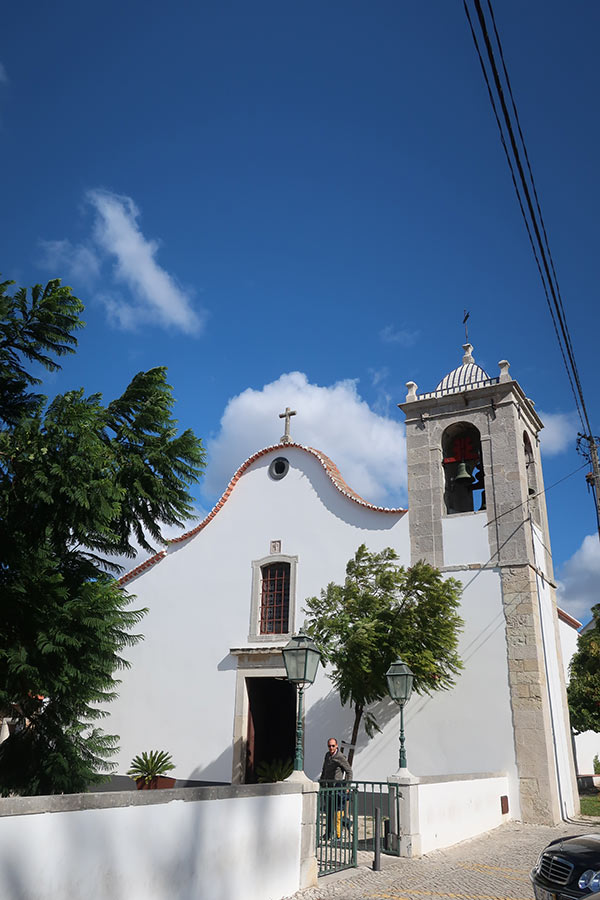
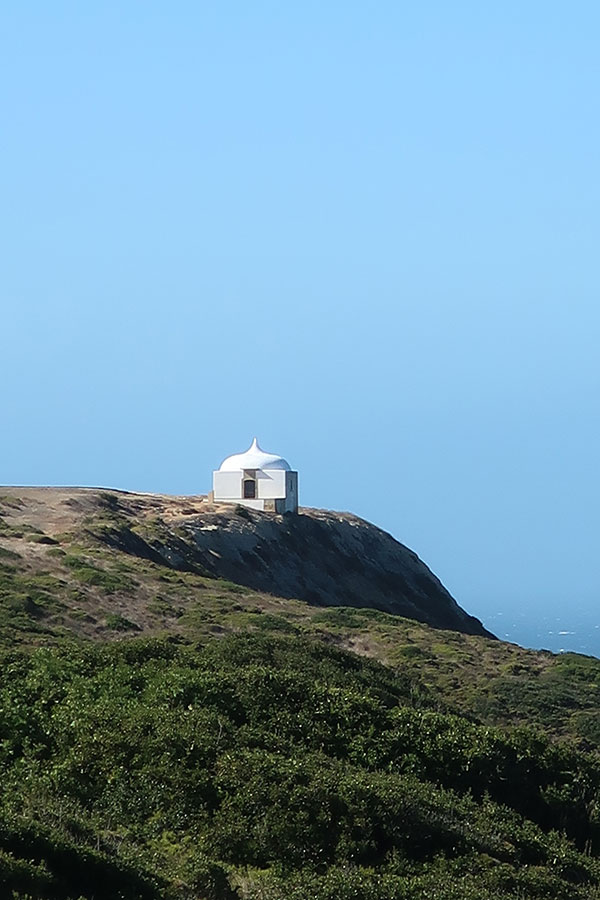
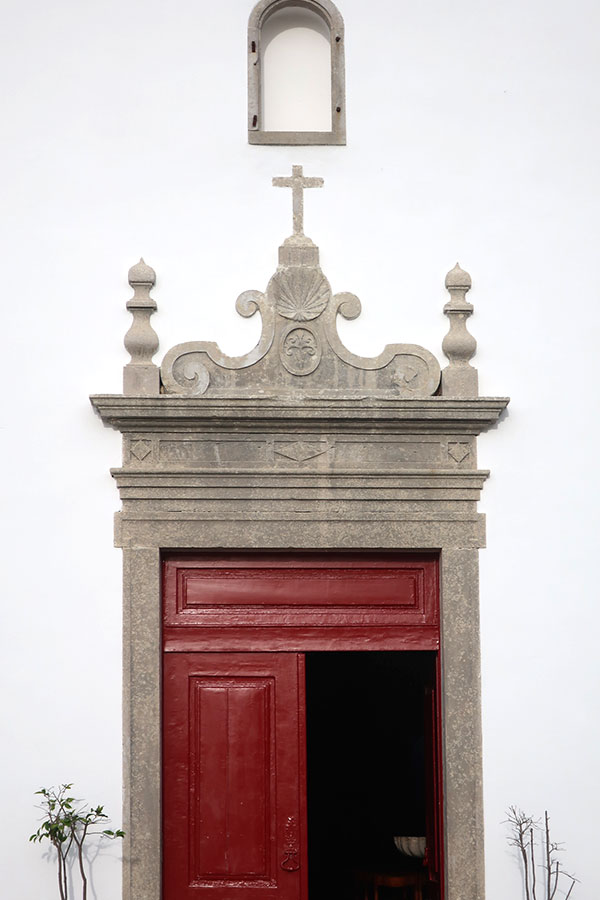
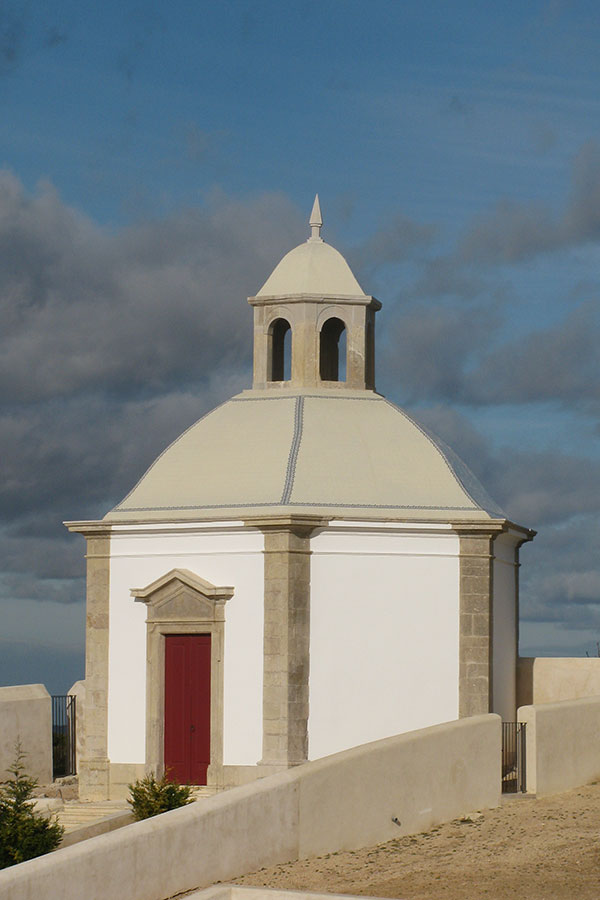
Sesimbra
Castelo
Em 1191 durante a investida de Al Mansur o castelo de Sesimbra ficou arrasado.
A reconquista definitiva de Sesimbra deve ter ocorrido antes de 1194. D. Sancho I entregou a povoação a colonos francos em 1199 e deu carta de foral em 1201.
A construção do castelo arrastou-se ao longo do século XIII e foi concluída no reinado de D. Dinis.
Depois de perder a sua importância estratégica e militar serviu de posto de vigilância da costa.
O castelo ficou despovoado e manteve a igreja paroquial de Nossa Senhora da Consolação.
Fortaleza de Santiago
Construída na praia, esta fortaleza fazia parte do sistema de defesa costeira da área de Sesimbra.
Uma das plantas mais antigas da fortaleza data de 1693.
A fortaleza foi espaço de veraneio de membros da corte.
Ao longo dos anos o edifício sofreu alterações que modificaram o seu aspecto inicial.
Durante vários anos dos séculos XX e XXI a antiga fortaleza serviu de quartel da Guarda Nacional Republicana.
Em 2006 iniciou-se o processo de municipalização do espaço que foi concluído em 2014.
Sesimbra ganhou um lugar público mantendo viva a sua história e o seu património.
Imóvel de interesse público.
Capela do Espírito Santo dos Mareantes
Fundada em finais do século XV pela Confraria do Espírito Santo dos Mareantes de Sesimbra tinha objectivos assistenciais e de culto.
A capela localizava-se no piso superior e o hospital medieval no piso inferior.
A capela sofreu grandes estragos com o terramoto de 1755 ao contrário do hospital que ficou entulhado e esquecido mas preservado durante cerca de 200 anos.
Após várias intervenções no espaço do monumento foi possível adaptá-lo a núcleo do Museu Municipal de Sesimbra.
Colecção de Arte Sacra, nomeadamente a pintura de Gregório Lopes “Nossa Senhora da Misericórdia”.
Exposição dos achados arqueológicos no antigo hospital bem como os grafitos murais de embarcações.
Imóvel de interesse público.
Igreja de São Tiago
Dedicada ao apóstolo São Tiago.
A nova igreja paroquial foi fundada em 1534 e concluiu-se em 1536.
Foi instituída como priorado da Ordem de Santiago.
O edifício teve várias campanhas de obras nos séculos XVII e XVIII. Sofreu vários estragos com o terramoto de 1755.
Santuário de Nossa Senhora do Cabo Espichel
O início do culto a Santa Maria da Pedra da Mua / Nossa Senhora do Cabo terá tido origem no século XIV.
Em 1432 organizou-se a Confraria de Nossa Senhora do Cabo devido à elevada afluência de peregrinos ao local da primitiva ermida da mesma invocação.
A igreja actual começou a construir-se em 1701 e as hospedarias em 1715.
Nesta altura começou a delinear-se o recinto do santuário com a organização do espaço próprio para acolher os peregrinos.
Assim construíram-se: hospedarias, cozinhas, padaria, cocheiras, casa da Água, aqueduto, Mãe d’Água / Poço velho da Azóia, poços, casa da lenha, casa da Ópera / Teatro, três Cruzeiros de Peregrinação e Cruzeiro de Chegada.
Todas as construções enquadram um extenso terreiro / arraial.
Actualmente ainda se realizam as festividades dos círios de Azóia, Palmela e Sesimbra.
Imóvel de Interesse Público.
Pistas de dinossáurio
Pedreira do Avelino, Lagosteiros e Pedra da Mua.
Follow us:

Adress:
Rua Álvaro Castelões, 49 - 1º e 2º
2900-215 Setúbal
Phone: (+351) 919 385 254
E-mail: geral@homematch.pt
Google Translate



